The language created by the pandemic
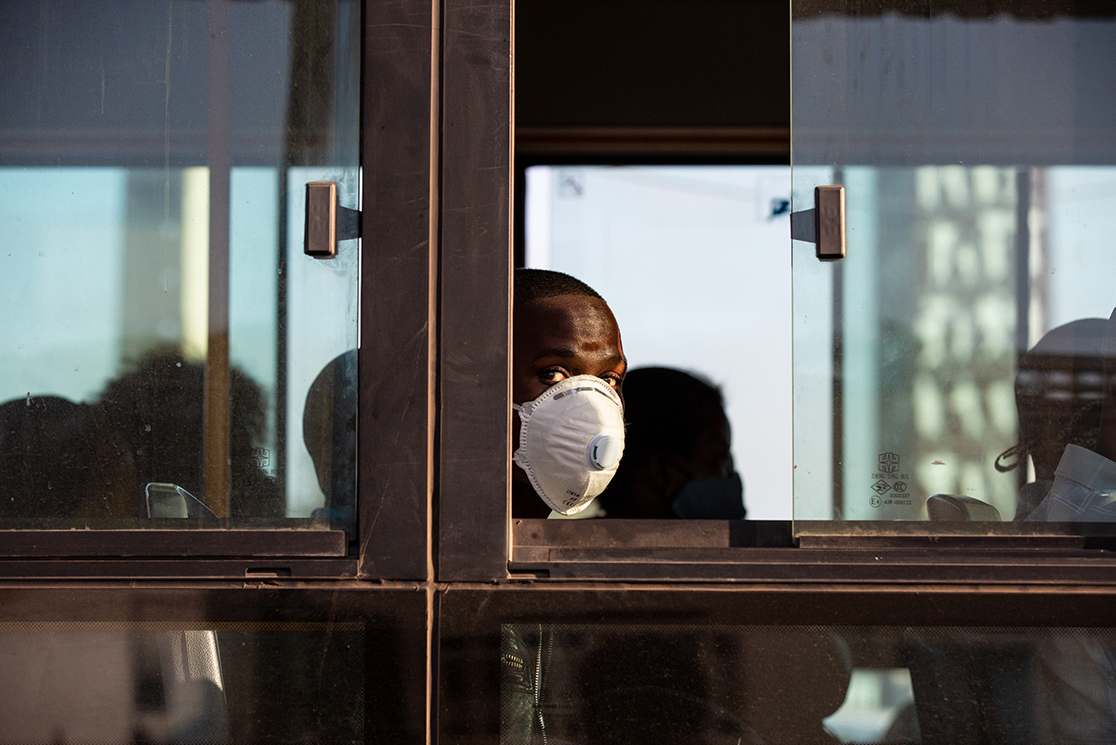
Linguists around the world agree: the pandemic has set us up for a new language. It is often a “warlike” language, such as “curfew”, for example, or “heroic” doctors and the “killer” virus.
The World Health Organization chose the term COVID-19 to avoid creating geographic discrimination such as “Spanish”, “Chinese”, “Asian”, in reference to the famous deadly influences of the past (only the former President of the United States of America, Donald Trump, persisted in calling the disease “the Chinese virus”). Is it an excess of zeal or that sense of political correctness that is advancing in the world in the name of inclusion and diversity? WHO, in fact, has only acted intelligently. COVID-19 is an acronym for Co (corona); Vi (virus); D (disease); and 19 (the year the virus was identified). It is an acronym that is recognizable worldwide.
It is already normal to use words like pandemic; spike protein; lockdown; isolation; social distancing.
We are witnessing the rediscovery of existing words, such as medical terms. But a lot of con-fusion reigns in this world. For example, testing positive or negative for the novel coronavirus. How many times have we heard “so and so is positive”? We all want to be “negative”, as that means we don’t get the disease. Positive is bad, everything has to be negative. But when we do the test, it is not us who test negative or positive, it is the disease.
The new reality means that, at times, things are no longer called by their original name. Instead of “cleaning”, it seems that now it is only correct to say “sanitise”. The last example is the quarantine, which could become “mini” and last for seven days, although quarantine is called that way for a reason, meaning a period of forty days.
The end of isolation has another linguistic “invention”, the “social bubbles”. The term was coined when it came to recommendations to avoid social interactions, limiting interpersonal contact. When the contagion curve flattens, the authorities allow the population to expand the circle of contacts, that is, they can expand their home bubble, reconnecting with their family. The contact between that group of people must be exclusive; that is, the people who are part of this bubble cannot be part of another.
Words are always evolving, they serve to describe the need of the momentand are always decided by the speakers.
Until when will we use these new terms? Linguists around the world agree to say that this is impossible to predict. We will live with them as long as they are useful. Words are always evolving, they serve to describe the need of the moment and are always decided by the speakers, that is, by all of us.
And we are left with the feeling that many terms, in this pandemic, are constantly being remodelled according to context. Will these new words that define sensations or situations linked to COVID-19 last in the collective lexicon? How long will we still use the word covidado (with Covid)? And coronado (with Corona)?
Issue 67 May/Jun | Download.



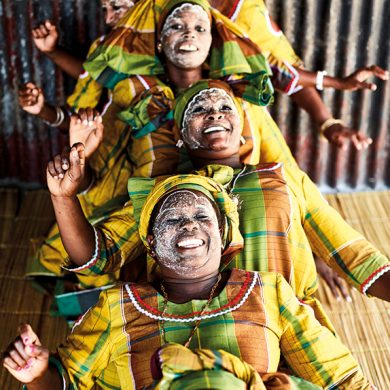


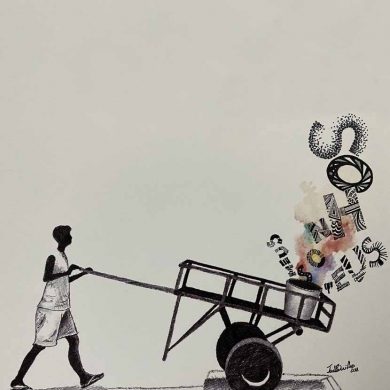

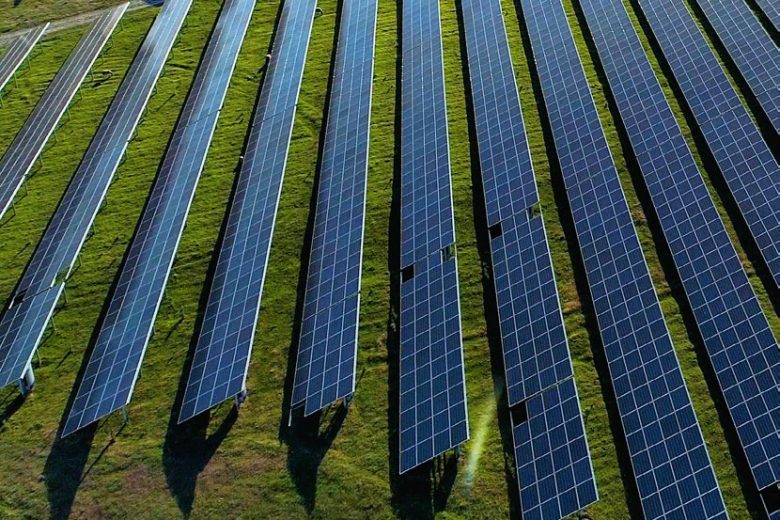




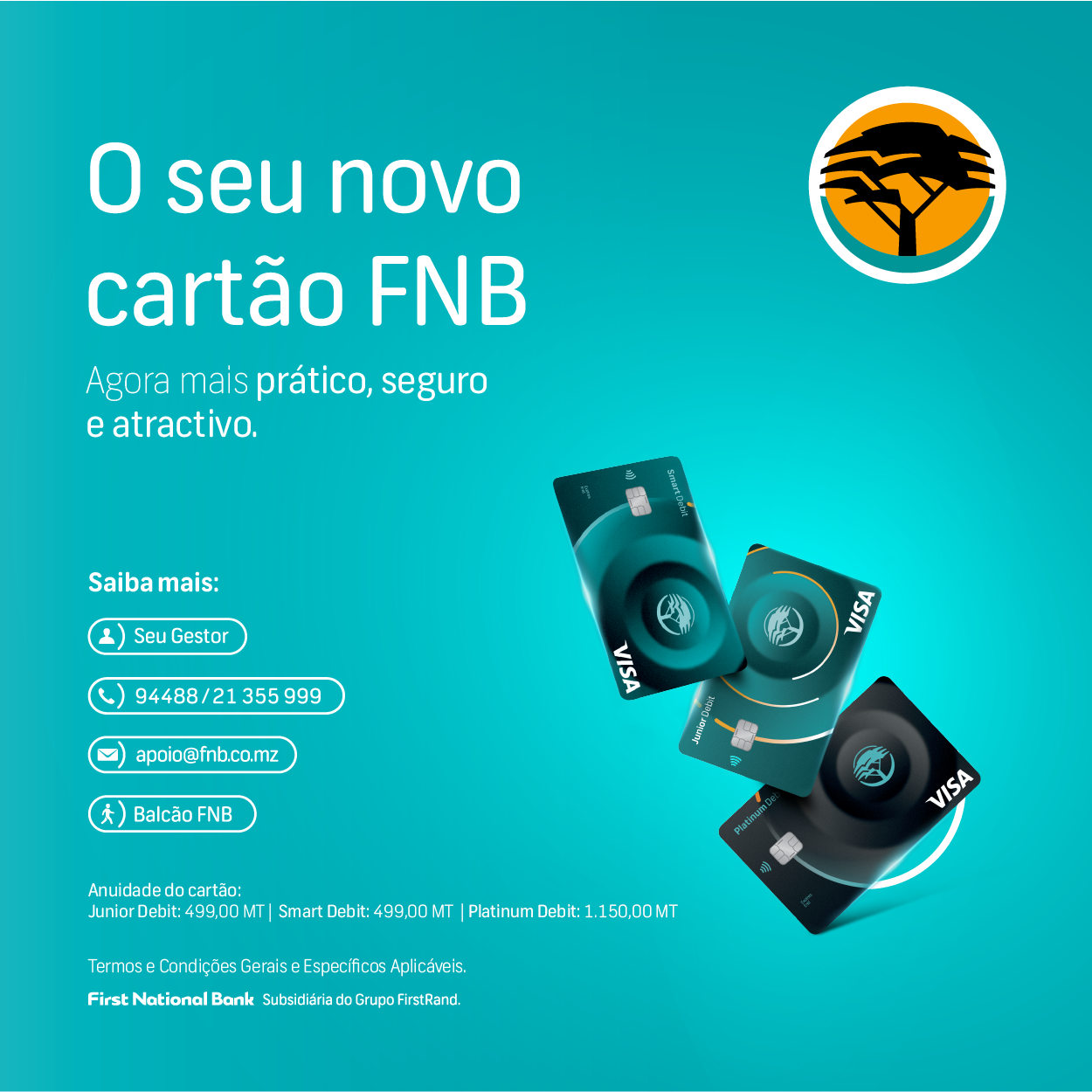








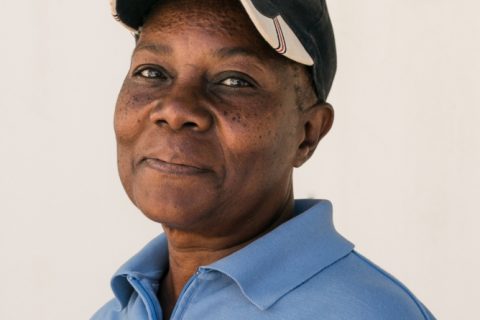
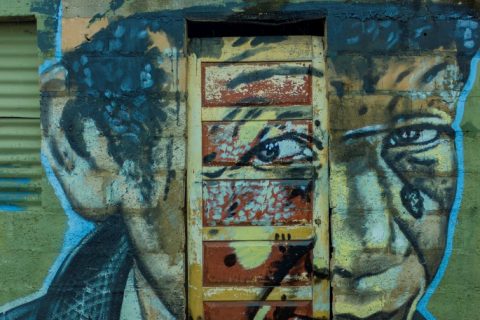

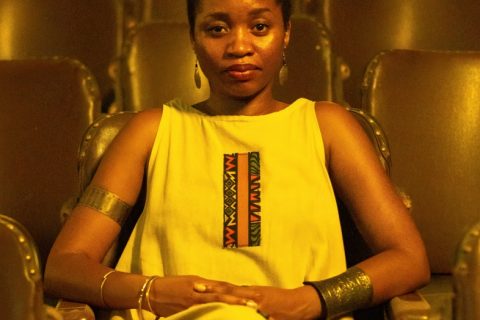
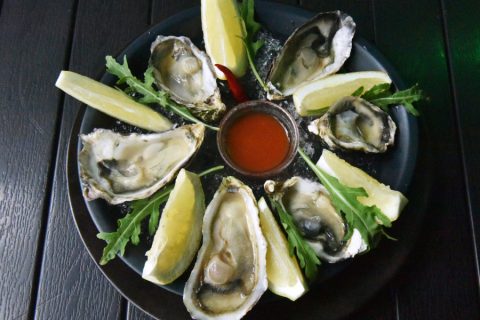
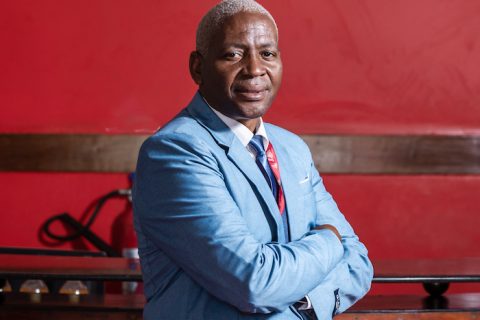
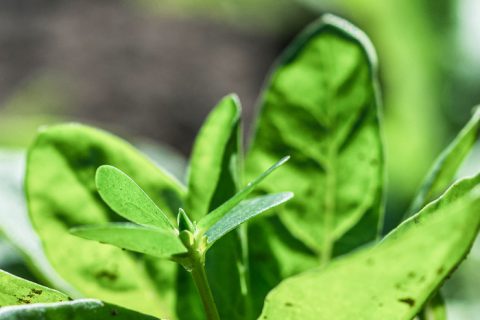
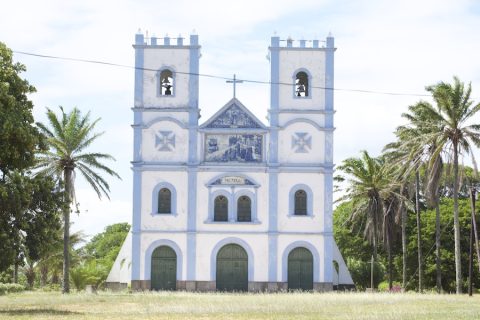
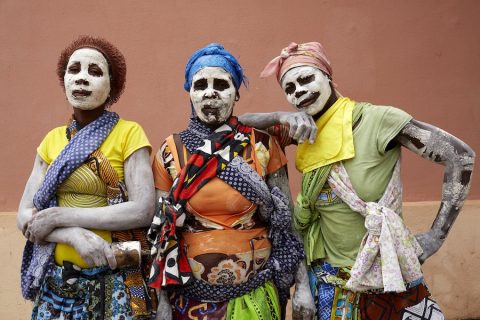


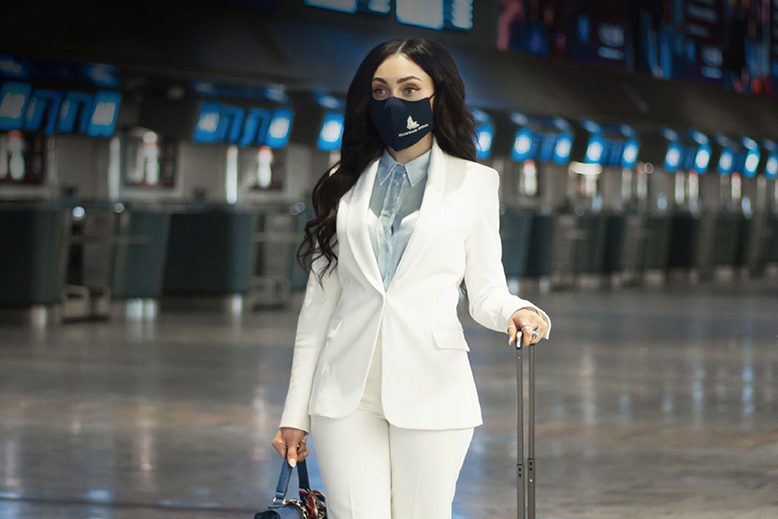
0 Comments